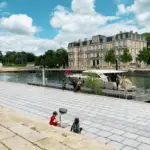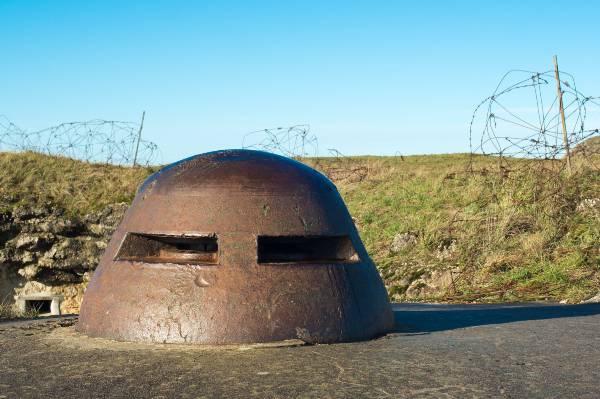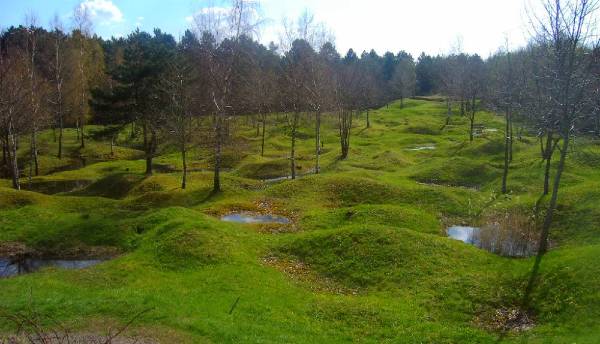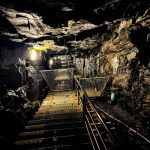
Verdun: A city that rebuilt itself
Verdun isn’t just trenches and trauma—it’s also riverside walks, peaceful parks, and a city full of stories. In this final part of our Verdun series, we explore how the city rebuilt itself after war, with stops from our free audio tour and cultural gems not to miss.







